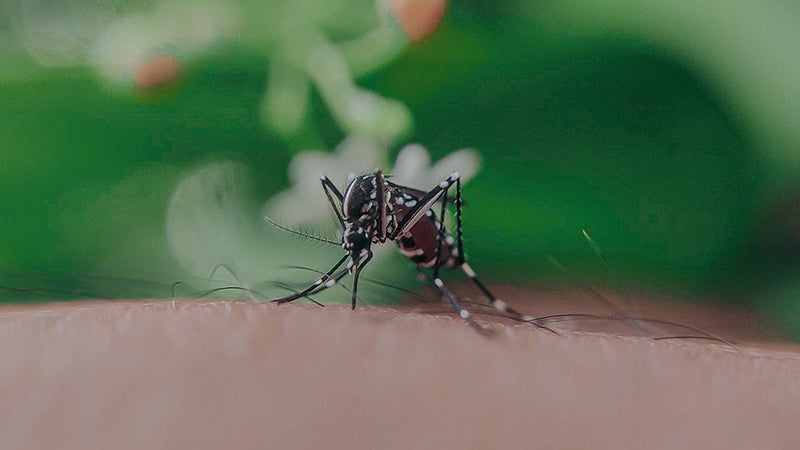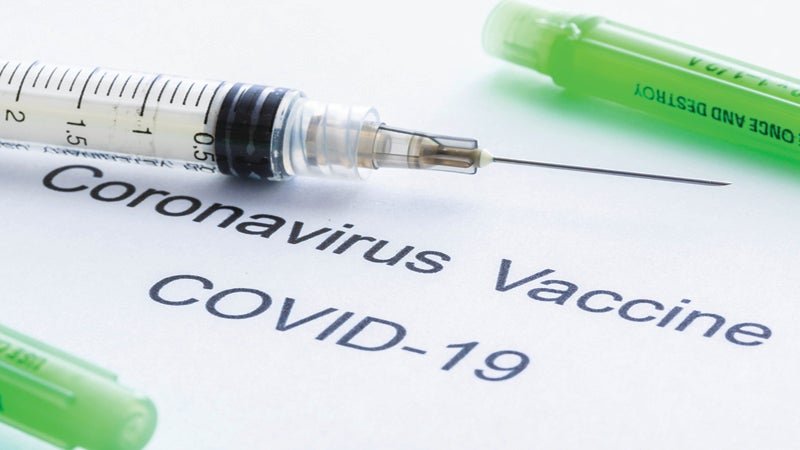5 tips to prevent the perfect storm for mosquito breeding
Published 12:10 am Thursday, October 7, 2021
|
Getting your Trinity Audio player ready...
|
Hurricanes, torrential rains and flooding across the Southeast and East Coast this summer brought more than property damage and power outages. With storms and continued heat come the lingering hazards posed by mosquitoes.
Standing water, overgrown grass, downed trees and numerous yard items are some of the places that create a breeding ground for these insects whose bite can transmit to humans such diseases as the West Nile and Zika viruses. These are dangers some people don’t think about when preparing for storms or picking up debris afterwards, so it’s important to know how to protect areas where mosquitoes can gather, says Joe Malinowski (www.mosquito-authority.com), director of pest management for Mosquito Authority® and Pest Authority®.
“Attention before a storm to potential places for standing water, and certainly after a storm, can help prevent conditions that lead to mosquitoes multiplying and spreading disease,” Malinowski says. “Neighborhoods and communities benefit when people take the right precautions.
“Prolonged rains and receding waters leave pools of standing water in places they didn’t previously exist. You can have a significant increase in mosquito populations, but homeowners can mitigate the problems by taking steps prior to the storm to reduce areas where standing water could accumulate.”
Malinowski provides a “Five Ts” checklist to help keep your yard a mosquito-free zone before and after heavy rains:
-
Turn. Turn over items in your yard to reduce standing water. The elimination of standing water decreases mosquitoes’ breeding ground. “Monitor bird baths, downspouts near gutters, drainage catch basins, and tire swings,” Malinowski says. “Other popular places for mosquitoes are dog water bowls, plant saucers, and recycling and garbage bins.”
-
Toss. Get rid of yard trash such as grass clippings, dead leaves, excess mulch and fallen branches. “By keeping a yard clean, you further reduce major breeding areas for mosquitoes and ticks,” Malinowski says.
-
Tarps. Make sure tarps are pulled tautly, Malinowski says. Tarps that are loosely stretched over firewood piles, grills, boats or sports equipment will hold enough water to attract mosquitoes.
-
Take care. Stay on top of home maintenance needs that can contribute to standing water. “Assess areas where water pools, such as near faucets, air conditioning units, French drains or uneven sod,” Malinowski says. “Check irrigation systems to ensure they aren’t leaking and causing a breeding haven. Clean out gutters and make sure the downspout is attached properly. Keep your lawn height low and pull weeds. Make sure hollow logs are removed from the property. Re-grade areas where water stands for a few hours.”
-
Team up. Along with taking precautions with your own property, Malinowski says talking with neighbors is a key component to mosquito and tick control. “Townhomes and homes with little space between lots mean that mosquitoes can breed at a neighbor’s home and affect your property,” he says.
“Mosquitoes can be a significant nuisance, especially after a storm,” Malinowski says. “They have the potential to spread diseases, and the chances increase substantially with elevations in their population. So, while cleanup efforts are ongoing, every attempt should be made to remove mosquito breeding sites around the home.”
Joe Malinowski (www.mosquito-authority.com) is director of pest management for Mosquito Authority® and Pest Authority®. He has worked on the operational and corporate side for top companies in the pest control industry. Malinowski served as vice president of technical services at Orkin and vice president of sales for B&G Equipment Company. He also helped launch new and innovative products in the industry for ForeFront Product Design and SenesTech. Operational roles at the branch, regional, and divisional level have given him the understanding of profit and loss, customer and employee retention, correct product and equipment selection and precise training to ensure exceptional service.






